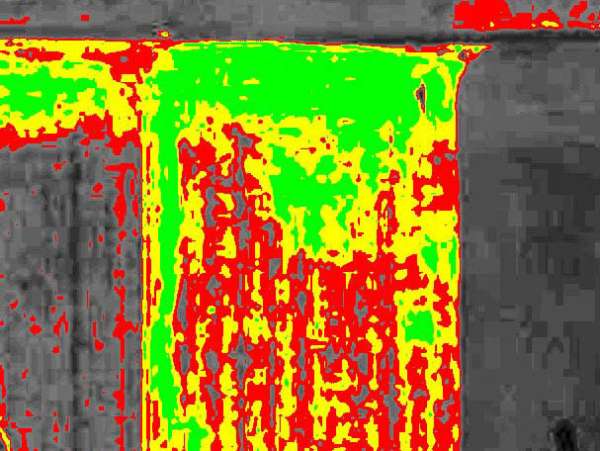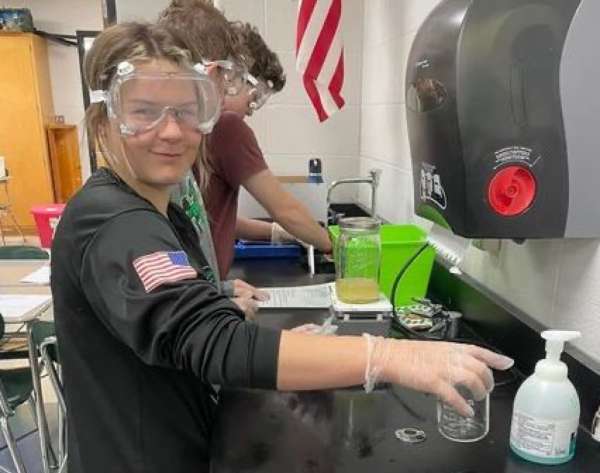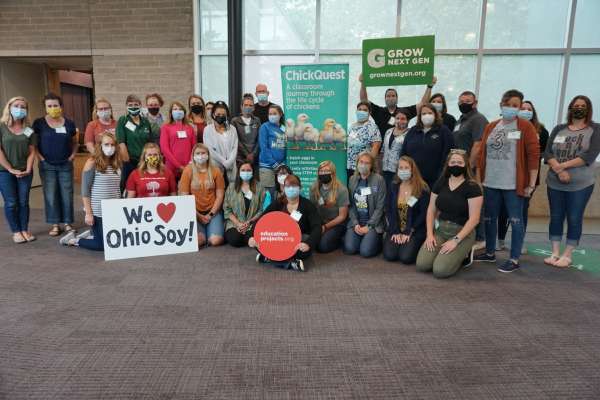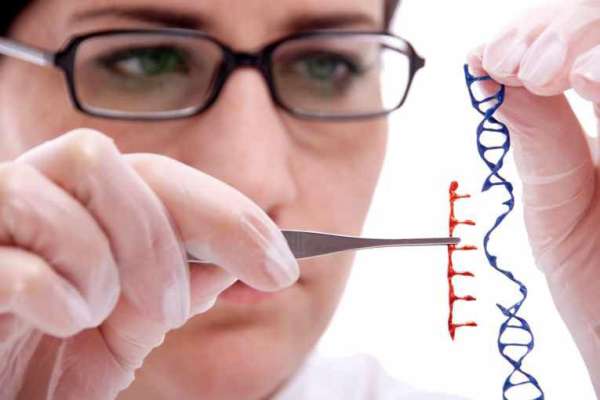
Jamie Brown
Science and math teacher at Miami East Junior High
Brown is willing to be contacted about STEM, agriscience, and technology. She would be very interested in collaborating with others to create some form of summer camp or after-school program curriculum to connect STEM and agriculture, providing junior high students opportunities to explore the connection between agriculture and science prior to high school.
What about teaching excites you?
The most exciting part of teaching is seeing kids begin to break out of their shell and find their passions. By teaching, I get the opportunity to open the door to so many opportunities for students. There are so many fields and topics students have little knowledge of that I get the joy of allowing them to explore. By doing so, I get to see students grow a passion for not only science and math but also a passion for connecting these concepts to their everyday lives, making learning meaningful. Seeing the spark they get when they get to explore something they’re passionate about makes my job so worthwhile!
What was your “aha” moment when you realized the value of using agriculture as a vehicle to teach science?
I am fortunate to work in a district surrounded by agriculture. However, as I began to teach about soil, I realized very few students knew anything about the processes going on in the fields outside our classroom windows. By pulling in agriculture, my soil unit became much more interesting and applicable to students. They started to better understand the importance of agriculture not only on a global level but also how agriculture plays a vital part in their community. By tying agriculture to my science lessons, students have been much more invested and interested in learning about the importance of soil health and soil conservation.
How do you help students make the industry or real-world connection to what they’re learning?
To make real-world connections, I provide students with the opportunity to become problem solvers. For example, students may be challenged with creating a prototype to slow down soil erosion or may test soil samples and decide which “field” would be most optimal for planting. By providing students with real-world simulations, students are able to better understand the challenges those within the industry face, as well as learning about career opportunities within the industry.




Share this